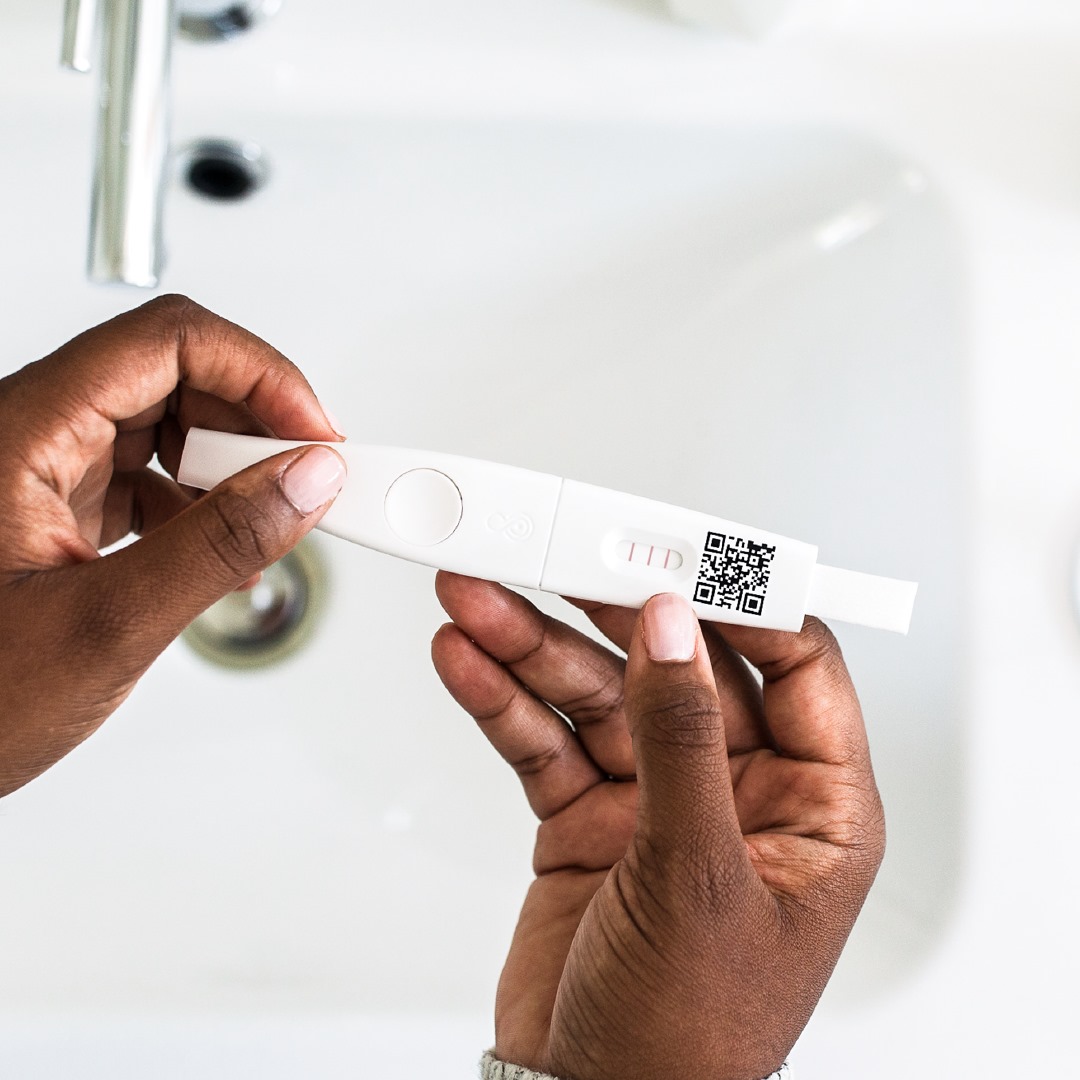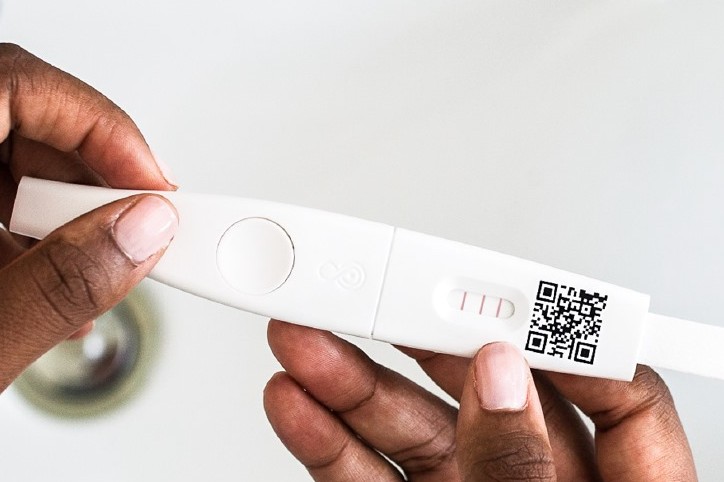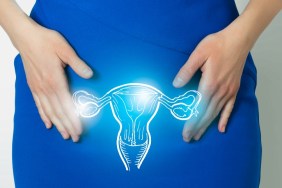It’s ironic that when most of us grew up we were constantly told to be careful not to get pregnant leading many of us to greatly underestimate how hard it can be to actually get pregnant. It’s not uncommon to find both men and women in their 20s, 30s and beyond blissfully unaware that there is only a short window every month where conception is actually possible – and we’re not even touching on egg and sperm quality. Home hormone tests have vastly changed the game, however, helping many women (at least those with regular cycles) conceive more quickly.
To find out more about at-home hormone testing kits, including who should use them, when and how, we spoke with Dr. Amy Divaraniya, the founder of Oova, an at-home hormone test used to measure fertility and to track when you’re ovulating.
Momtastic: How do at-home hormone tests used to measure fertility work?
Dr. Amy Divaraniya: There are multiple types of at-home tests for fertility available today. The standard urine based tests detect specific hormones present in a urine sample. Typically these tests have a hard printed threshold and the test returns a positive or negative result if the hormone concentration surpasses this threshold. These tests can be used for detecting the ovulatory window and confirming pregnancy. Another type of test is a finger-prick blood test. These require a woman to prick her finger, collect a sample of blood, and mail her sample to a lab for analysis. It takes several days for the results to come back but can offer a good overview of a woman’s overall fertility. Less commonly used but still available are saliva tests which detect hormone levels in the mouth and aim to identify a woman’s most fertile days to time intercourse.
Technology is advancing at such a rapid pace and it’s just recently that these improvements have started to trickle into the women’s health space. For instance, at Oova, we challenged the science behind the traditional urine test by creating a test that measures LH and progesterone at the same time, and within seconds. This way, women don’t have to mail anything to a lab or clinic.The Oova test is designed to be personalized so each woman can understand her fertility profile, learn when her fertile window is, and confirm ovulation.

Momtastic: What hormones are they measuring and why?
Dr. Amy Divaraniya: The urine-based tests are commonly measuring estrogen, luteinizing hormone, sometimes progesterone. Estrogen is an important precursor to ovulation and triggers the luteinizing hormone to begin to elevate. If a woman is trying to conceive, she will want to time intercourse around the days that her estrogen is at its peak and her luteinizing hormone is starting its upward trajectory. When the luteinizing hormone levels peak, or reaches its highest point, an egg is released from the ovary and ovulation occurs. Progesterone is important in the second phase of the menstrual cycle as it can confirm that an egg was actually released in that particular cycle. Once the egg is released, it begins to form a corpus luteum and this structure is what releases the progesterone. For women having trouble conceiving, it’s important to get the feedback of whether they released an egg or not because it can be a good indicator of other factors impacting their fertility.
The blood tests often measure additional hormones not typically measured in urine such as Anti Mullerian Hormone (AMH), follicle stimulating hormone (FSH), thyroid stimulating hormone (TSH), free thyroxine, testosterone, and prolactin. These hormones collectively can often give a good overview of a woman’s overall fertility.
Momtastic: How accurate are these test? Can women who are not regular use them?
Dr. Amy Divaraniya: Almost everything available for at-home fertility testing is designed for women with regular cycles. In a way these tests have set the “normal” for hormone behavior throughout the cycle, however, this really is not the absolute normal. Women are having children later in life and unfortunately, women experience more cycle irregularity as they get older. The tests have been designed with predetermined thresholds set by studies done in women during their peak fertile age (early to mid 20s) and with regular cycles. These thresholds are used to identify positive or negative results. The problem is if a woman has irregular periods or hormonal imbalances, these tests won’t work for her. Her hormone levels may be consistently above the threshold, resulting in false positive results, or consistently below the threshold causing false negative results.
When evaluating these tests, women should first determine if their cycle is regular or not. If she has a regular cycle, any of the at-home tests could be sufficient for her. However, if she has irregular cycles or if she has been using the at-home tests and has not successfully conceived after a few months, she should look for a test that is quantitative and provides personalized insights, like Oova. She should ensure the tests are capturing her baseline hormone levels and then detecting her fertile window, etc. by comparing to that rather than the expected hormone behavior. This will enable her to learn how her hormones are behaving to learn her own fertility profile.
Momtastic: What are some reasons a woman might use one of these tests?
Dr. Amy Divaraniya: Women’s fertility is a black box because we’re not taught this information during sexual education. We’re taught everything about how to avoid pregnancy, but if you want to flip the script, it’s quite difficult to learn all the nuances to achieve this goal. Hormone tests are your own biomedical accountant. They give you an audit of the intricacies of your internal systems and processes, empowering you to be the CEO of your own body. Tests like Oova are focused on this aspect so you can understand the absolute behavior of your hormones and take control of your fertility. These tests are commonly used by women actively trying to get pregnant. They can help identify the ideal days to have intercourse, confirm ovulation, and determine if a woman is pregnant. They can also be used to shed some light on the inner workings of the female body. The reproductive system is driven by hormone behavior and by understanding this, it can empower women with information about their overall health.
Momtastic: At what point should she consider showing the test to her doctor?
Dr. Amy Divaraniya: Many reproductive endocrinologists require a couple to actively try to get pregnant for 12 months if the woman is under the age of 35 and 6 months if she is over 35. However, I recommend that if a woman has been diligently using these tests and has not conceived after 3-6 months, she should consider showing the data to her general practitioner or ob/gyn.
If a woman is using Oova and working with one of Oova’s providers, Oova shares all of the information with their doctor in real-time so the woman does not have to worry about which pieces of information would be relevant to share or not. Oova takes care of all of that for them.








